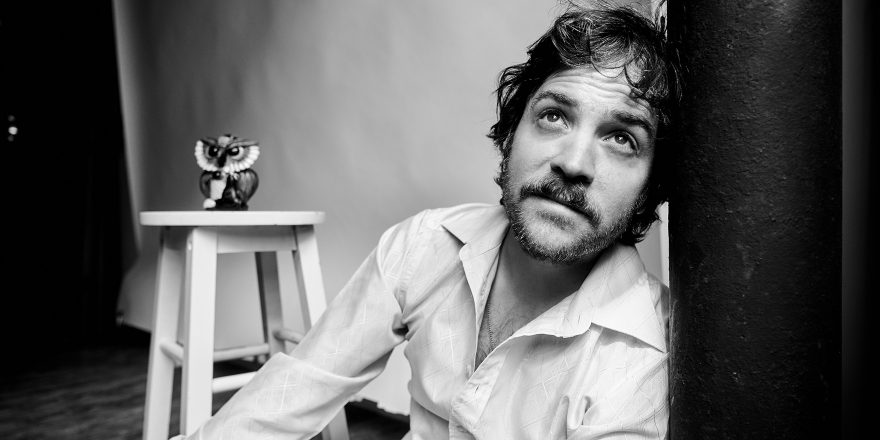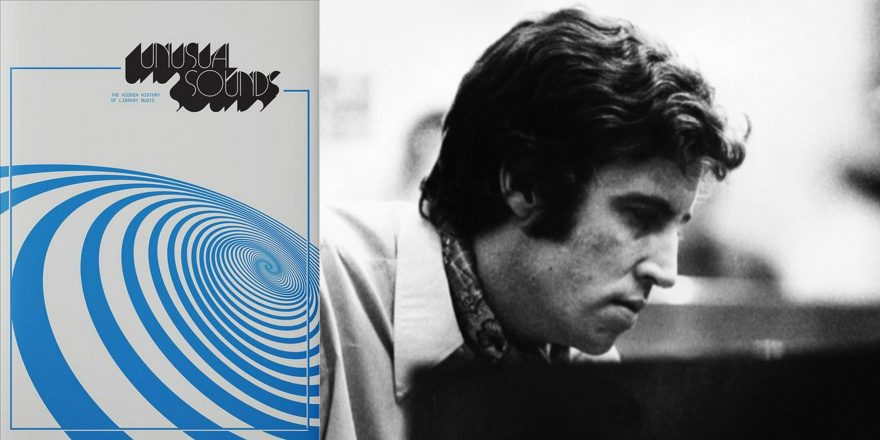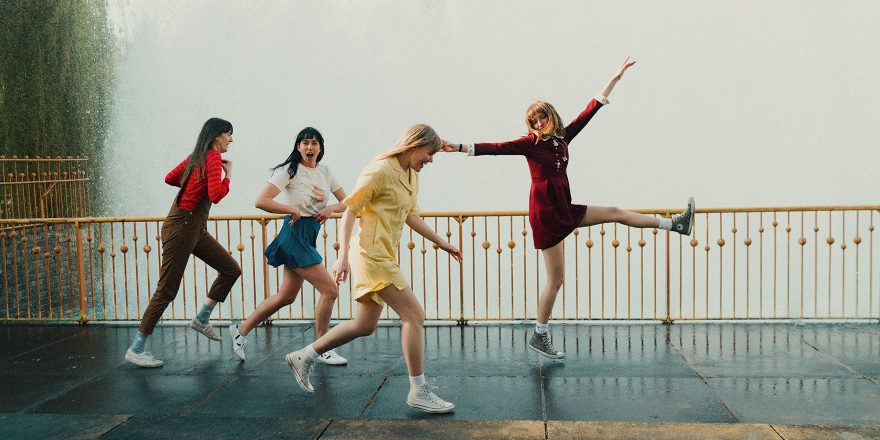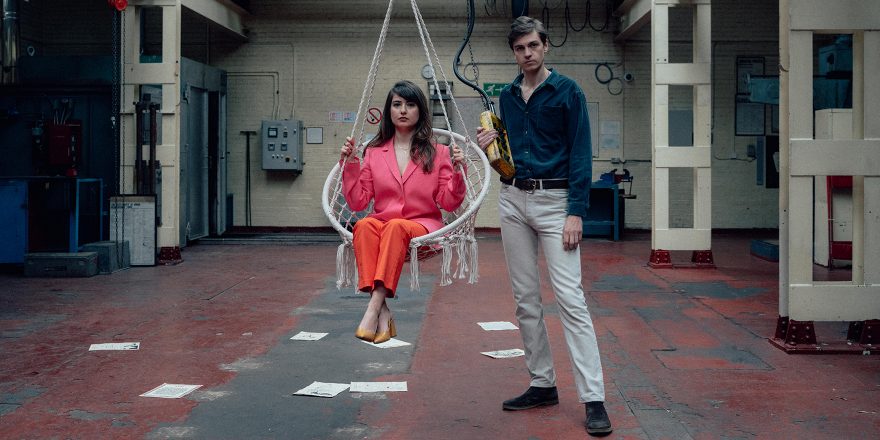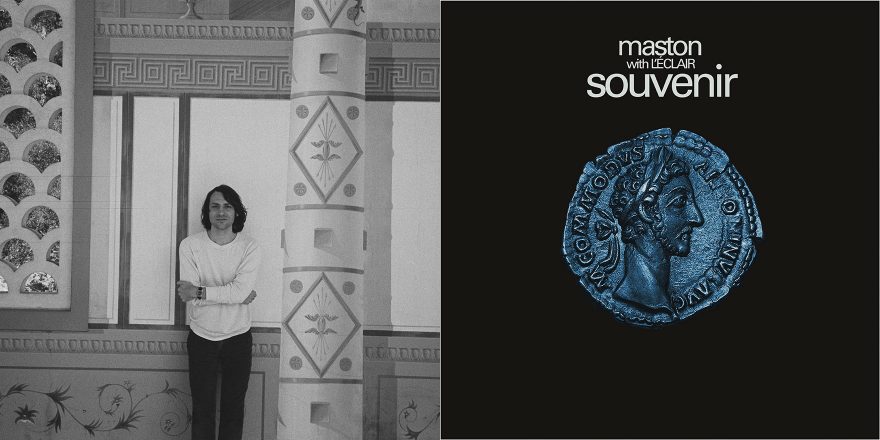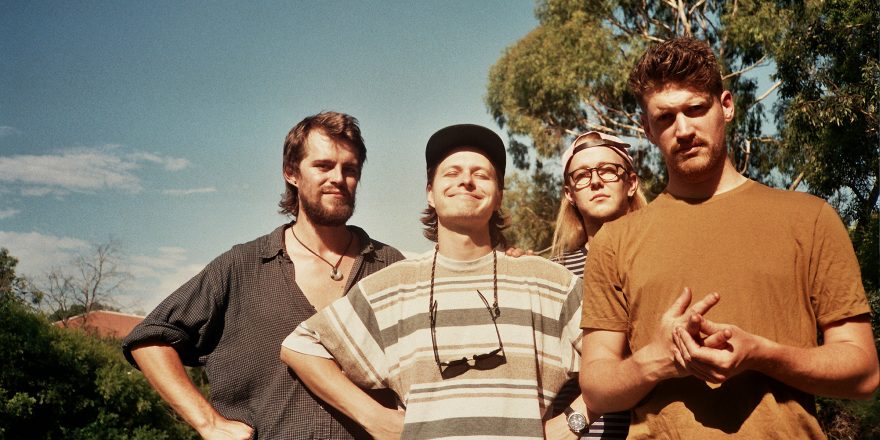Genre introductions are some of my favorite editions of our weekend playlists. Today we’re adding another to the library, with a primer on exotica and easy listening curated by Frank LoCrasto aka Kolumbo. Gung Ho, the debut album from Kolumbo, is out next week on June 29 (via the Allah-Las’ record label, Calico Discos). Check out the album, and these classic exotica tracks below. Enjoy!
—Keenan Kush, Talkhouse Director of Operations
Roger Roger Et Son Orchestre — “La Chanson De Lima” (1957)
Classic exotica, yet an underdog. After discovering exotica music and checking out several records, it was this song in particular that inspired me to compose and arrange music from the genre. The instrumentation along with the harmony and melody is infectious. There’s marimba at the beginning with electric guitar and Latin percussion, before an oboe soars over the top with a sustained, legato melody. Even with a brass and string section, the song never feels huge or full. It’s airy and spacious. I also love the sound of electric instruments incorporated with orchestral ones, in this case the electric guitar. It was written by the Italian film composer Angelo Francesco Lavagnino for the 1955 film L’Empire Du Soleil. It seemed like a good way to start the playlist.
Martin Denny — “Quiet Village” (from Exotica, 1957)
As far as I can tell, this is probably the most widely recognizable exotica song. It was originally written and recorded by Les Baxter for the first ever exotica album, Ritual Of The Savage, in 1951. But unlike the Baxter version, which is more orchestral, Martin Denny’s version has exotic instruments and percussion as well as bird calls and jungle sounds. It charted well in 1959 and the title of the record, Exotica, went on to become the name of the genre (there were exotica records released before this, but they were usually filed under “Easy Listening”). As for the song itself, it definitely captures the quintessential classic exotica sound. Between the Latin and African percussion, the vibes and piano, and the bass ostinato, it has a very otherworldly safari-like sound to it. Denny went on to record different versions of the song three more times over the following 12 years.
Korla Pandit — “Ode to a Desert Love” (from The Grand Mogul Suite, 1950)
No intro to exotica playlist can be complete without the inclusion of the great organist/pianist, Korla Pandit. In 1949, he became famous for his television show, Adventures in Music, which was the first all music program on TV. Sporting a turban, he would perform while staring into the camera but he never spoke on the show. Pandit claimed he was a child prodigy born in New Delhi to a French opera singer and an Indian father who was a “member of one of India’s first families.” But shortly after his death, it was revealed he was born John Roland Redd from St Louis, Missouri. Nevertheless, his contribution to exotica was huge and very different from the small groups with bird calls and pop orchestra’s of the time. This song has a beautiful melody that sounds so classic it could be an old folk song. I’m not sure who wrote it, but Pandit’s performance here has stuck with me for years.
Les Baxter — “Girl From Nassau” (from Jewels Of The Sea, 1961)
Les Baxter and Albert Harris have become huge influences when it comes to orchestrations. Their tasteful use of instrumentation and techniques like pizzicato, tremolo, and just good ole schmaltz is effective and captivating. This record and Caribbean Moonlight are some excellent examples of the more orchestral pop styles coming from Capitol Records in Los Angeles in the ’50s and ’60s. Here, the voice leading of the flute along with the Mancini-esque block chords in the strings are romantically haunting. Also, the use of harp and the Hammond Novachord gives it a very fresh and modern sound, even still for today.
Tak Shindo — “Mombasa Love Song” (from Mgana!, 1958)
I had to add this track to the playlist because it hits you so hard right off the bat with exotic percussion. There are gongs and Chinese bells, African drums, and Tibetan chimes before an ensemble of flutes enter with a pentatonic melody and a savage choir/chant that could have been used in Indiana Jones and the Temple Of Doom. Besides his work in TV and film, Tak Shindo was famous in exotica’s heyday and this is probably his most well known record. It bridges the gap of African, Asian, and jazz that feed into the artificial fantasy that’s exotica. One of my favorites. 10/10.
Arthur Lyman — “Yellow Bird” (from Percussion Spectacular!, 1961)
“Yellow Bird” is one of the biggest hits of the exotica genre and, in my humble opinion, ought to be included on such a list. It catapulted Arthur Lyman from being a mostly local act in Hawaii to real stardom in the US. It did so well that his record label renamed the record Yellow Bird. You can’t help being transported to a lazy beach in Kauai by the mellow trio of acoustic guitar, mallets, and upright bass. A mai tai will seal the deal.
Eden Ahbez — “The Old Boat” (from Eden’s Island, 1960)
I love the use of the shakuhachi flute layered over the latin rhythm on this. Combined with the creaking boat sounds, you’d think you were at a dock somewhere in the south seas under the moonlight. Eden Ahbez only released this one solo record, but it is a wonderful record with so much love and humor. There’s singing on it too, which you don’t get much of in exotica music. Ahbez was famous for his composition “Nature Boy,” which was recorded first by Nat “King” Cole in 1948, and later a whole slew of artists including Frank Sinatra and Sarah Vaughan.
Nino Nardini & Roger Roger — “Jungle Obsession” (from Tropical Call, 1971)
I wanted to branch out of the classic 1950s and ’60s exotica and share some examples of how the genre evolved. This track comes from two library music masters, Nino Nardini and Roger Roger. Intended to be a musical vision of the jungle, I find this track conjures more of a jazz-latin vibe with its bossa nova undertones. Nonetheless, it has incredibly beautiful chord progressions with lush synth arrangements that are layered with strings, brass, and a choir. Add the ’70s production and picked electric bass, and you’ve got quite a masterpiece. I’d argue it should be a classic of the genre. It probably would have been if exotica stayed popular throughout the ’60s into the ’70s.
Haruomi Hosono, Shigeru Suzuki & Tatsuro Yamashita — “The Last Paradise” (from Pacific, 1978)
This is a great example of how the exotica genre influenced the next generation. Hosono and Suzuki were by no means new to the genre and had an exotica band prior to this record called Tin Pan Alley. In this collaboration, they fuse exotica with synthesizers and stereophonic production that oozes tropical nostalgia. This song is kind of a precursor to city pop, which Tatsuro Yamashita made so famous in the ’80s.
Akira Inoue, Masataka Matsutoya & Hiroshi Sato — “Melting Blue” (from Seaside Lovers, 1983)
Continuing on with Japanese artists, this kind of serves as an expansion of the last song. You still have exotica undertones with the marimba, flutes, and percussion, but leaning more into the city pop vibe with the smooth electric guitar, chorused electric piano and gated reverb on the drums. This is a good example of how exotica has progressed over the years. It doesn’t sound like exotica, per se, but the influence is strongly rooted in this song.
Bongmaster inc. — “Brothers and Sisters” (from Happy Cones, 2003)
This would definitely fit the so-called post-exotica mold. I’m doubtful the artists were intending this to be exotica when they wrote and recorded it, but alas, I found it to have some exotica vibes. You don’t get the bird calls or animal sounds, but the percussion groove throughout is soaked in exotica. A solid example of the genre without being too on the nose, and a joy to listen to. So vibey. It’s hard to find info about this release, but I gathered it was written and performed by a group from New Zealand called “Bongmaster Inc,” which is a spin off of “Fat Freddy’s Drop.”
The Sweet Enoughs — “In Mind” (from Marshmallow, 2020)
This is such a cool record. It was hard to pick just one song from it. I’d love to tour their homeland of Australia some day opening shows for these guys. “In Mind” is thoughtfully arranged incorporating drum machines and exotic percussion. The acoustic guitar and ocean sounds throughout the record transport you to a sandy beach somewhere on the south coast. A beautiful take on easy listening and modern exotica.


